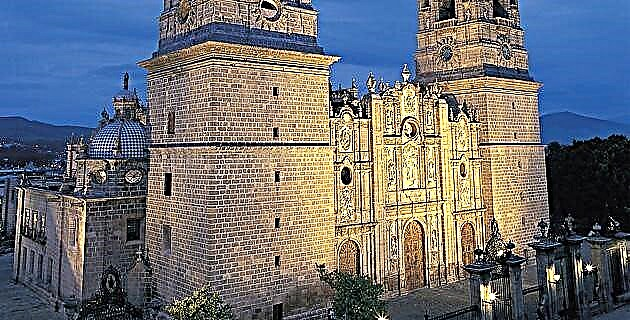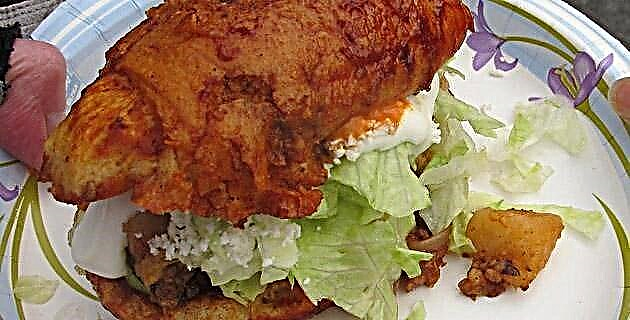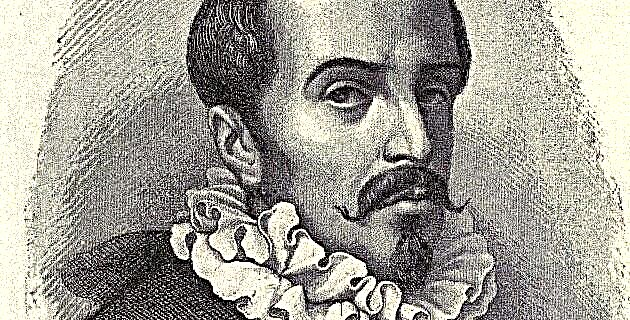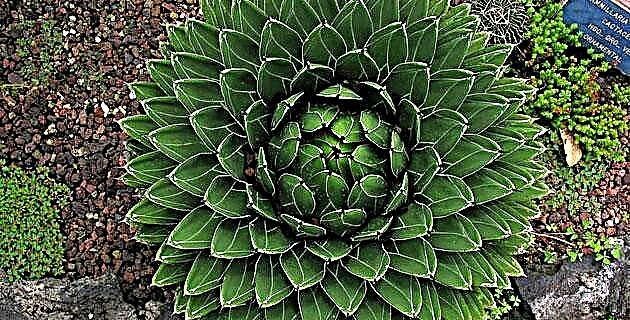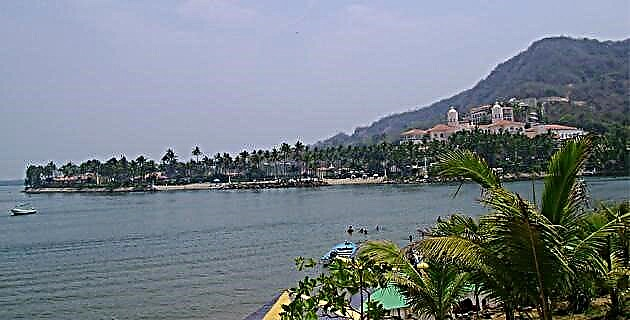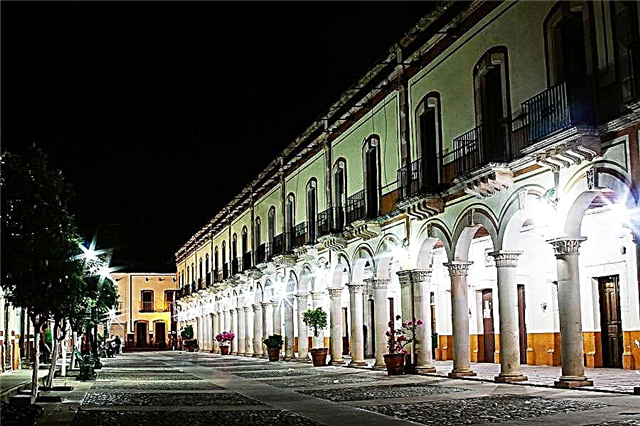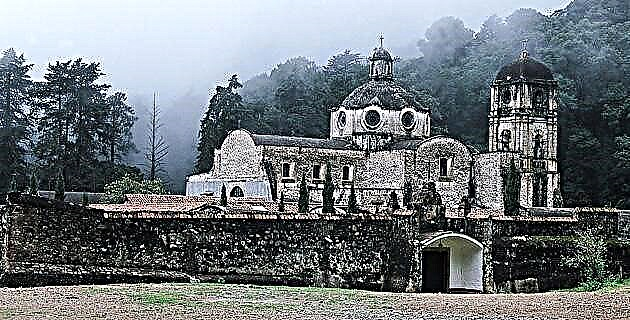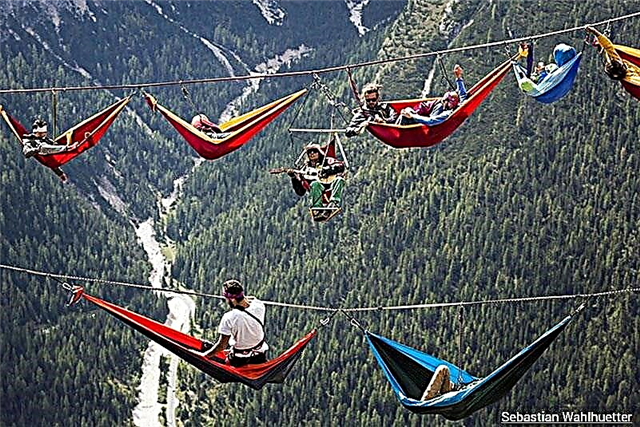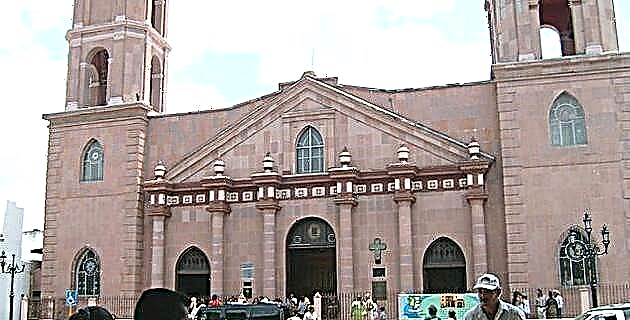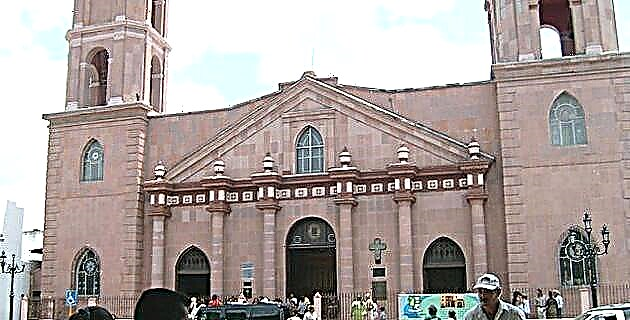
Matamoros is much more than a city with a good economy based on commercial, agricultural and industrial developments.
It is a destination that contains a whole series of its own charms and wonderful spaces that can fascinate you. Matamoros is much more than a city with a good economy based on commercial, agricultural and industrial developments; It is more than a border city, whose well-known bridges are crossed by thousands of people who come and go from our country to the other. It contains a whole series of its own charms, wonderful spaces and multiple activities that can fascinate and that, a well-organized weekend getaway, allows us to know.
Saturday
7:30 hrs. The only flight to Matamoros is at 7:30 in the morning, so it is ideal to have most of the day. From the airport we go to the Ritz hotel and from there directly to savor a rich breakfast of meat, one of those tasty northern ones that have made the region famous, accompanied by refried beans, flour tortillas, salsa and a fragrant coffee. Breakfast filled us with energy for the first day.
11:00 hrs. We start our tour of the old part of the city. Matamoros is written with H! and with wonder we ask why. The H is an abbreviation of the heroic word, they tell us, with which the city was renamed, after the brave defense that its inhabitants made against the separatist attack of General Carvajal, who, in association with the Texan Ford and other insurgents, tried establish the Independent Republic of Río Grande.
The first place we visited was the church of Nuestra Señora del Refugio, the city's cathedral, which has above all an important historical value. It was planned and built by Father José Nicolás Balli, a Catholic missionary who helped a lot in the evangelization of the place and for whom Padre Island was named. In 1844, a hurricane destroyed much of the main building and in 1889, another caused him to lose his wooden tower and roof tiles. Everything was rebuilt with concrete respecting the original style and making it invulnerable.
12:00 hrs. Then we go to the Museum of Contemporary Art of Tamaulipas (MACT), which breaks with those classic lines of the oldest constructions with its subversive architecture, accentuating its charm. In 1969 it was inaugurated as a craft center. Later it was the Corn Museum, the Mario Pani Cultural Center and, in 2002, it reopened as the museum it is today. It is located on Av. Álvaro Obregón and is open from Tuesday to Saturday, from 10:00 to 18:00. Inside is a FONART store, whose mission is to promote Mexican crafts, improve living standards, and preserve cultural tradition.
14:00 hrs. The Mercado Juárez is a place not to be missed. There you can find everything, especially local crafts and everything you want in leather: boots, jackets, hats and belts. This market also has its history, which begins with a few vendors meeting to offer their wares. Over the years a building was built that remained in good condition until the end of the 19th century. The injuries caused by wars and hurricanes caused that, in 1933, it had to be demolished and rebuilt. On Christmas 1969 it burned to the ground. In 1970 it was rebuilt and enlarged, and the typical "curios" and handicrafts are now sold there. The store “La Canasta” is a specialist in leather clothing and offers Cuadra and Montana boots, belts, jackets, dress bags, hats and raincoats. In "Curiosidades México", in addition to having traditional Mexican crafts, they also sell jewelry, rustic furniture, frames and paintings.
15:00 hrs. As our breakfast was quite generous, by this time we were still not hungry and wanted to continue knowing, so we arrived at the Cross house, owned by Mr. Filemón Garza Gutiérrez since 1991, who redecorated it in its beautiful original Victorian style and turned it into Museum. John Cross, a wealthy South Carolina landowner, refused, almost a century and a half ago, to allow his son John to marry a black slave with whom he fell in love. Disinherited and exiled, he reached the nascent Matamoros, where he would soon become a successful businessman. With the slave he had six children, one of whom, Melitón, built and lived in this impressive residence since 1885.
16:00 hrs. In the afternoon we went “to the other side”, as we really wanted to visit the Gladys Porter Zoo and we did, but not before indulging ourselves with some good pork head tamales, typical of the Huasteca. Brownsville is the sister city of Matamoros, with which it shares its space, its people and its history and with which it complements itself perfectly. At the zoo, we marvel at the many species on display, including a huge elephant called a Male, one of the few that has been bred in captivity.
18:00 hrs. We took the opportunity to make some purchases, a pleasure that we could not miss, although in our country everything that we come to look for here with enthusiasm is achieved as new and cheaper ... anyway ...
20:00 hrs. Returning to Matamoros, we still had time and energy to browse around, and we walked around Abasolo Street, which is pedestrianized and where you can find handicrafts from central Mexico. This street is a scene of stone and brick balconies that transport one to the past, where the old houses sheltered the wealthiest families. We visited Casa Mata, Casa Anturria; the Reforma Theater, inaugurated by Porfirio Díaz. There, amid the splendor of your past, you can find everything you imagine and want from the modern world, from music to the most sophisticated garment.
21:00 hrs. We were looking for a good restaurant and they recommended the following: El Lousiana (international), Santa Fe (Chinese), Los Portales (Mexican), Garcia´s (Mexican), Bigo´s (Mexican), and Las Escolleras (seafood). We decided on Los Portales and tried different and very good dishes, such as dried meat, nopales in pipián, almond cheese and sweet of tuna.
Sunday
10:00 hrs. To take advantage of the day, nothing better than to start it at Bagdad Beach, which about 35 kilometers from the city, is one of the best known and most visited places of fun, for a century. Low and sandy coasts with small mounds called dunes or dunes run along the entire 420 km of the state's coastline, from the Rio Grande to the Pánuco, where the streams that flow form lagoons or lagoons, a mixture of fresh and salt water.
Between the years 1860 and 1910, the estuary formed by the Rio Grande favored the construction of a port called Bagdad, in which the products that arrived by sea were transferred by the river to Camargo and sometimes to Nuevo Laredo. The beach was first called Washington because a small boat with that name was stranded and sat on the beach for so many years that people said "Let's see the Washington!" In 1991 it was agreed to call it Playa Bagdad in memory of the port that once existed there and was destroyed by a hurricane.
A good highway allowed us to easily reach this beach, where the forces of nature and the creativity of man confront each other in unequal battles every number of years. Hurricanes drag the tourist infrastructures, but with more determination, the spirit of the Matamorenses rises just as restaurants, slides, shops and palapas rise again, to provide the visitor with comfort, fun and the peace that this wonderful sea gives us .
Here the weekend is of great animation. Many people come from as far away as Nuevo Laredo, Reynosa, and Monterrey. At Playa Bagdad you can swim, ride a jet ski and go cars, ride a horse, play soccer and volleyball on a very white and soft sand. At Easter and in summer there are festivals, concerts, float parades and sand sculpture contests. You can do sport fishing and observe the abundant marine fauna.
14:00 hrs. Of course, we took the opportunity to “binge” on fish and shellfish, as we tried everything we had within reach: natural crab cooked with salt and water, smooth ceviche, shrimp… an endless list.
16:00 hrs. After the beach, we decided to go to Plaza Hidalgo to enjoy its atmosphere. The people of Matamoros are very nice and open and on weekends they take the opportunity to enjoy its zócalo, where cultural events are also held. The square was full of balloons, candy stands, food, and music. Matamorenses, like all those in the province, have not lost the ancestral pleasure of watching from the park bench and, calmly, enjoy the sunsets and social gatherings. The wooden kiosk, built in 1889 in a Moroccan style, is one of the city's architectural treasures.
21:00 hrs. By this time, we succumbed to the provocation of a roast kid, one of the specialties of the northern states, which together with a beer, were the perfect prelude to a good rest.
Monday
7:00 hrs. We head towards the airport to catch the only plane to Mexico City, which leaves every day at 9:30 a.m.
In Matamoros there is much to see and much to hear: the stories about the indigenous tribes that inhabited it, the arrival of the Spanish colonizers, when it was "The place of the beautiful estuaries", of the thirteen families that settled there and gave rise the site, its political struggles, its confrontations with nature, its beginnings as a free zone, its cotton boom, its folklore, its legends and its mysteries. Matamoros is a great tourist option that we lack time to read, see, listen and taste!

